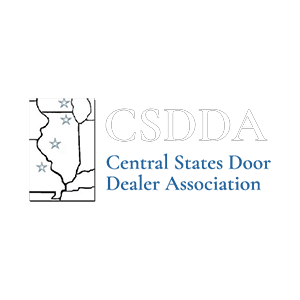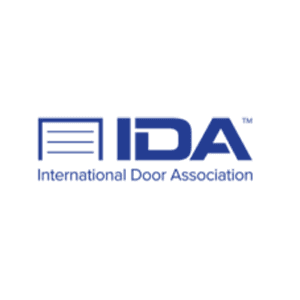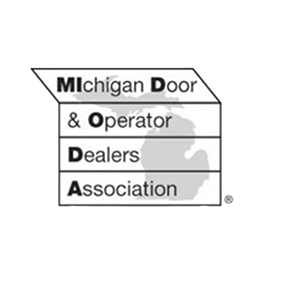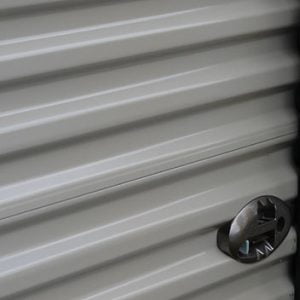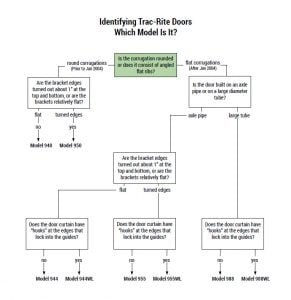ROLL UP DOORS
Support Center
ROLL UP DOORS
Installation instructions
ROLL UP DOORS
How-To Videos
Support Center
Maintenance
Inspection
- Visually inspect the entire door monthly for general cleanliness and ease of operation.
- Inspect the guides and curtain for wear and/or accidental damage.
- Inspect doors for loose fasteners, anchor bolts, and damaged or missing parts.
- If the door is equipped with a chain hoist mechanism, inspect it for missing parts.
Cleaning
- No specific cleaning procedures are required for your door. Clean as needed following good housekeeping practices.
- Periodically clean any accumulated dirt from guides. Remove any debris from the guide channels at the floor.
Lubrication
Lubricate the following every six months, or more often in dusty and/or wet operating environments.
- Guides: Open the door. Spray silicone spray, Pledge™, or Zep 45™ onto the door guide runners and inside the guide.
- Lock: Spray the slide lock with silicone spray or Pledge to promote smooth lock operation.
- Chain Hoist: Apply a small amount of oil to roller chain.
ROLL UP DOORS
Safety Guidelines
Safety is a chief concern at Trac-Rite® Door. We strive to inform each customer of proper safety and operation of our doors. To ensure this goal is communicated, we supply our distribution network and customers with a warning label. The intention of this warning label is to remind customers of safe operation of all Trac-Rite doors.
Trac-Rite Customers
- Adhere the warning label to all Trac-Rite doors. (Instructions for proper placement are enclosed with each order.) Please read both instructions and label carefully, as they contain important information about Trac-Rite doors.
- Please read installation manuals with safety addendum and warning labels to familiarize yourself with how to operate overhead doors and high tension door springs safely.
Trac-Rite Dealers and Distributors
- Adhere the warning label to all Trac-Rite doors. (Instructions for proper placement are enclosed with each order.) Please read both instructions and label carefully, as they contain important information about Trac-Rite doors.
- Send installation manuals (if not previously sent) with safety addendum and warning labels to previous customers and installations. Some users of our products are not aware of how to operate overhead doors and high tension door springs safely.
- Complete the Request Form below for additional warning labels for your customers and submit to Trac-Rite.

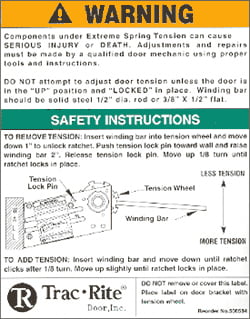
Support Center
Spring Replacement
Replacing springs on a Trac-Rite Door is a job for a qualified door installer or experienced handyman. If in doubt, call a professional. Use our web site’s dealer locator to find a dealer in your area.
Ordering Springs
Roll up door replacement springs should be ordered and replaced in pairs. Due to product improvements, the replacement springs that you order may vary in finish (most replacements have the EP3 coating) and size compared to the door’s original springs. Before searching our parts store for new springs, gather as much of the following information as possible:
- Month and year of manufacture
- Number of coils
- Length of original spring
- Inside diameter of original spring
- Model of door
Selection
When searching through the selection of roll up door replacements springs on our web site, use the spring coil count, and inside diameter to refine your search. Note that the title for each spring indicates which model doors the spring may be used on. Click on the photo of one of the springs that matches your description so far, and review the detailed description and/or datasheet to verify that the spring falls within the timeframe that your door was manufactured.
Spring Replacement Instructions
Download the instructions below and review completely before starting. Identify whether or not your door has a tension adjustment system and follow the applicable procedure.
















